Optimal Seasons for Fence Service
Fence service is most effective when performed during specific seasons to ensure durability and proper installation. Optimal timing depends on weather conditions, wood and material types, and maintenance goals. Proper scheduling can extend the lifespan of fences and reduce repair costs.
Spring is ideal for fence repairs and staining, as weather is mild and conducive to outdoor work, helping fences withstand the upcoming summer.
Summer offers longer daylight hours and warm weather, suitable for new fence installations and major repairs.
Fall is a good time for sealing and staining fences before winter, protecting against moisture and cold damage.
Winter is less ideal for extensive fence work due to cold and moisture, but minor repairs can be performed in milder conditions.
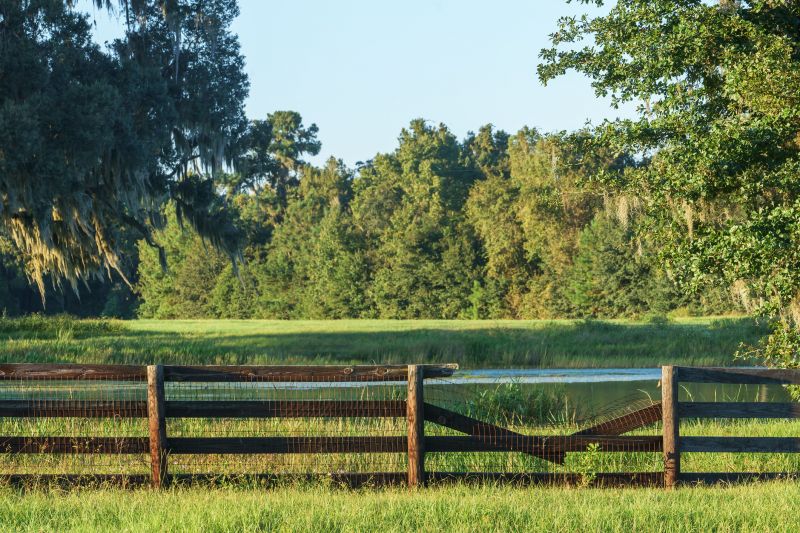
Ways to make Fence Service work in tight or awkward layouts.

Popular materials for Fence Service and why they hold up over time.

Simple add-ons that improve Fence Service without blowing the budget.
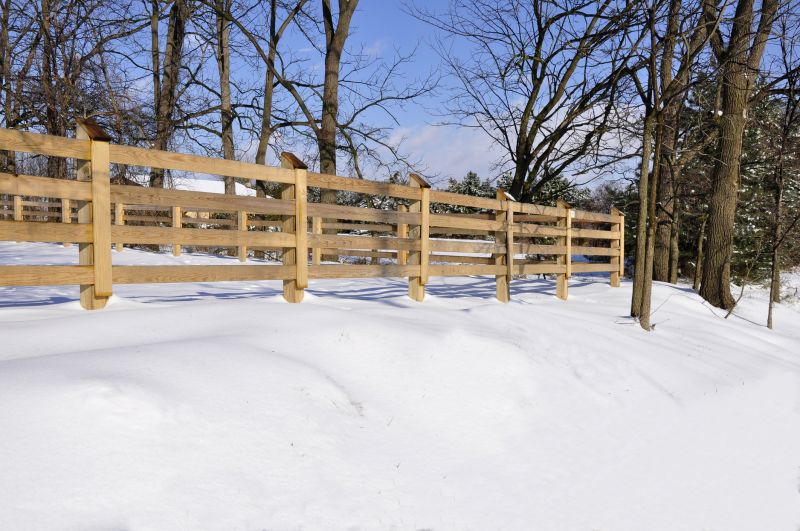
High-end options that actually feel worth it for Fence Service.
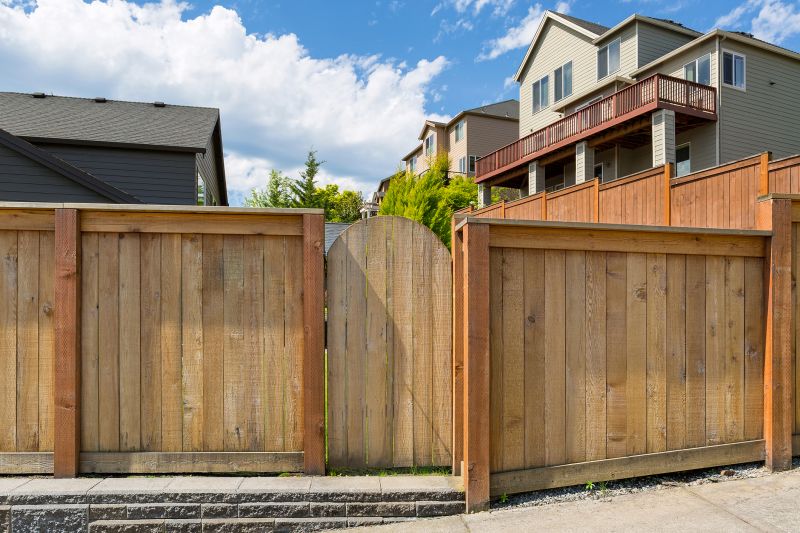
Finishes and colors that play nicely with Fence Service.

Little measurements that prevent headaches on Fence Service day.
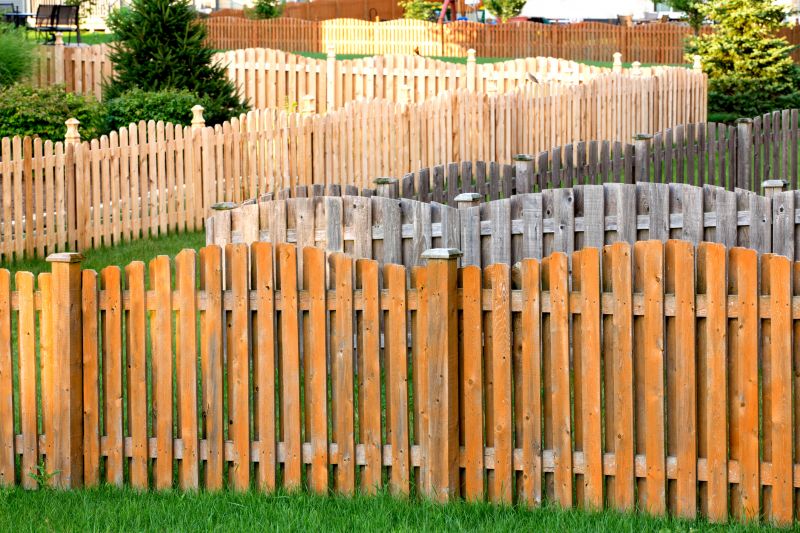
A 60-second routine that keeps Fence Service looking new.

A frequent mistake in Fence Service and how to dodge it.

Small tweaks to make Fence Service safer and easier to use.
| Season | Ideal Activities |
|---|---|
| Spring | Repairs, staining, minor upgrades |
| Summer | New installations, major repairs |
| Fall | Sealing, staining, preparation for winter |
| Winter | Minor repairs, inspections in mild weather |
Fence service encompasses a range of activities including installation, repair, staining, sealing, and maintenance. Proper timing ensures fences are protected against weather elements, which can cause warping, rotting, or structural damage. Regular upkeep during optimal seasons can significantly extend the life of a fence and maintain its appearance. According to industry statistics, fences that are maintained annually can last up to 20 years, compared to an average lifespan of 10 years for neglected fences.
Choosing the right time for fence service depends on local climate conditions and the type of fencing material. Wood fences benefit from sealing and staining during dry, mild weather, while vinyl and metal fences require less seasonal attention but still benefit from periodic inspections and repairs. Planning fence work during the appropriate season can reduce costs and improve the quality of the results.
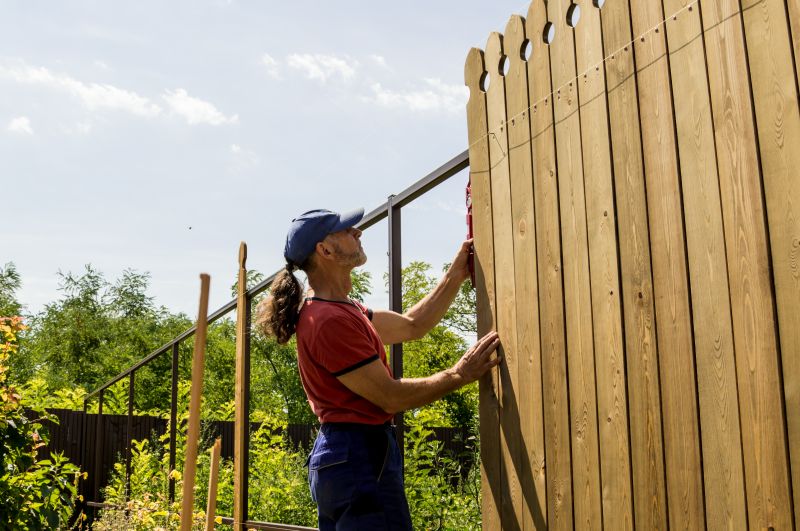
Lower-waste or water-saving choices for Fence Service.

The short, realistic tool list for quality Fence Service.

Rough timing from prep to clean-up for Fence Service.
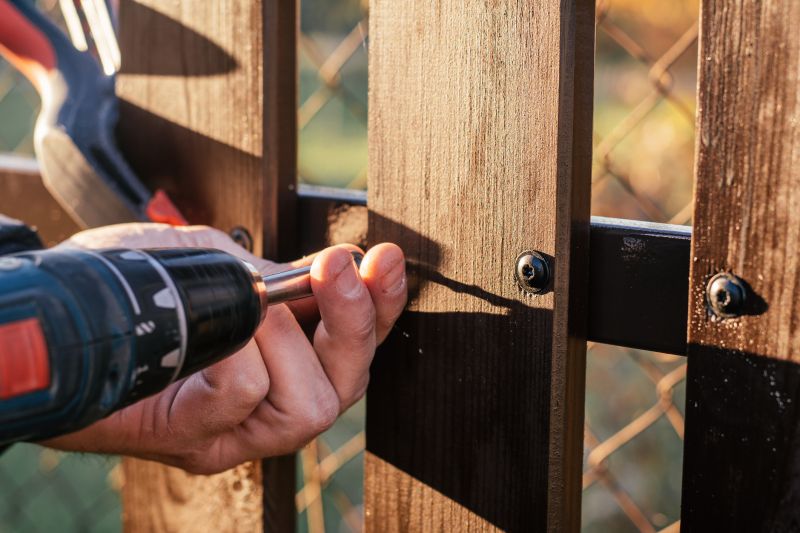
Quick checks and paperwork to keep after Fence Service.
Interested in scheduling fence service? Filling out the contact form can provide more information about available options and timing tailored to specific needs. Properly timed fence work can enhance property value and ensure long-lasting protection.



